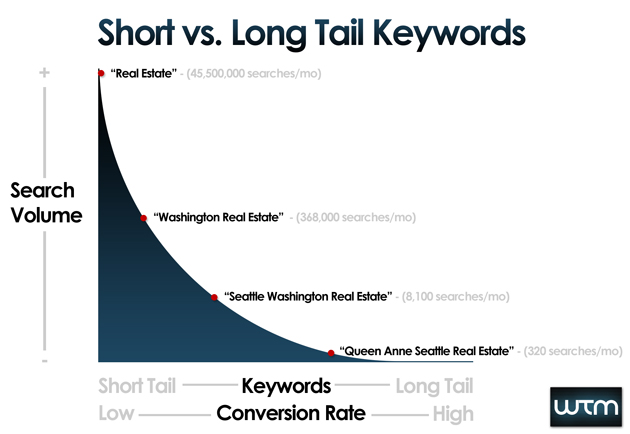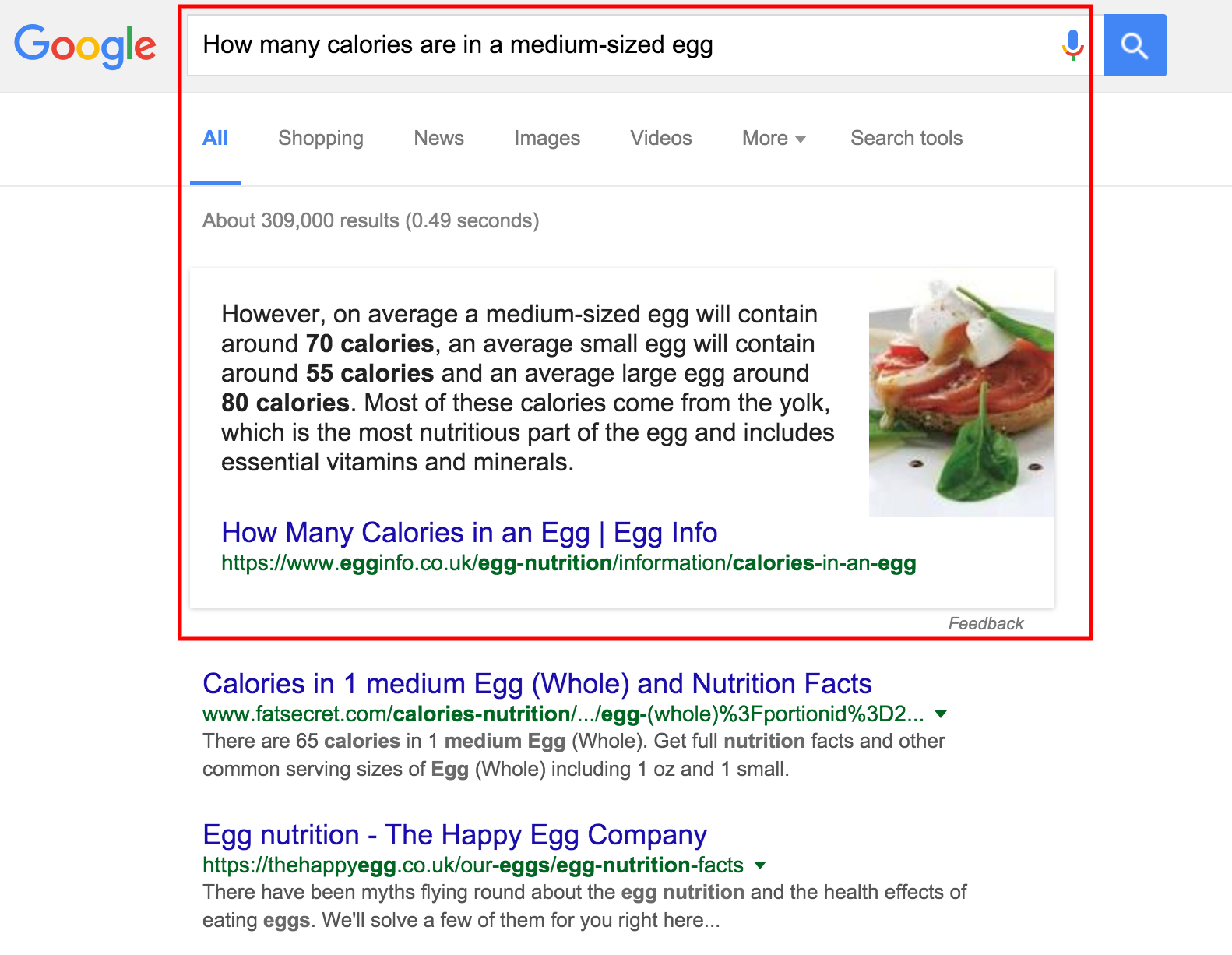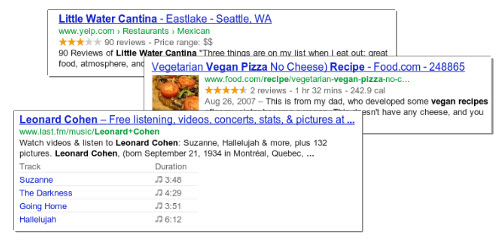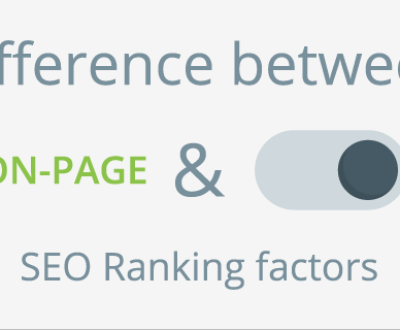Search engine optimization is one of the fastest-evolving industries — what was relevant yesterday might not be relevant tomorrow. Staying on top means being aware of and adapting to changes as they happen.
Get a jump start on your search competition with our SEO tips for 2016 below. Read them and master them to attain or maintain top search positions, no matter what your site is about or what your linking strategy is.
1. Start targeting the topic, not the phrase
Instead of targeting one section of a topic (such as a singular keyword phrase) with your content, begin to target everything that could potentially be related to the topic. Basically, move one step up and take a broad approach while including specific nuggets of information.
For example, if you wanted to write an article about “blue widgets”, you may consider writing an entire page about “widgets” and including “blue” as one of your headers.
When you take this approach, you look more authoritative in the eyes of Google, and you help yourself rank for a higher number of keywords. Instead of just “blue widgets”, you can now also rank for the term “widgets”, along with any other variations that you include within the content, such as “red widgets”, “green widgets”, etc.
2. Get yourself on https already

Source: SearchEngineLand
You don’t have SSL installed yet? Why not?
Google has been very clear that they would prefer it if you have https availble. There’s not much else to say here — unless you’re scraping by on a shoestring budget, installing SSL should be one of your first SEO-related tasks.
Click here for a good list of reliable SSL certificate providers. Read here to learn how to install the certificate once you buy it, or contact your hosting company and they will likely be able to help you out.
3. Include and write for long tails


A long tail keyword is a more specific variation of the main keyword or topic you are targeting with your content. Each long tail keyword will have a low number of monthly searches, but when combined, they all can add up to (or exceed) the number of searches that your main keyword receives.
So, it’s imperative that you target them within your content. However, don’t make the mistake of “inserting” long tails and hoping to rank — that’s not how it works.
Rather, you have to write for long tails — so, if you’re writing a page about “widgets” and one of your keywords is “blue green widgets”, you should have some sort of header dedicated to “blue green”, or at least some body text information about that color variation. You can’t just stick “blue green” in front of of an occurrence of “widgets” to optimize for a long tail.
4. Speed up


Moz did an excellent writeup on how website speed affects SEO. The basic point is that although it’s not a massive determinant on your SERP positions, it does have an effect. Google has also announced (and again) that slow websites may receive a penalty.
So, you don’t have to invest every hour of every day into optimizing page load times, but you should have a snappy website. At the very least, make sure yours is faster than those in the SERPs around you — use a tool like Pingdom to check.
If you’re slow, follow a guide like this to make sure you have all of the basics down. If you’re still loading slowly, a rogue javascript call or other internal element may be at fault.
5. Become a guest posting pro
Guest posting continues to be one of the best sources of genuine, authoritative backlinks, and it’s a SEO strategy that can be put to use on almost any site. You can read our full guide on how to automate and outsource the process here.
In 2016, if you can master your ability to reach out to others, capture their attentions, and convince them to let you post on their blogs, congratulations — you have a steady link source that will help you rank for the entire year and beyond.
Stop focusing on low-quality links (like blog comments) and start putting your effort into something that currently works (and will continue to work for the foreseeable future).
6. Improve UX (User Experience)
Google is getting better at determining which sites are providing the information visitors are searching for. One major metric is bounce rate — if a site is #1 and almost everyone is bouncing from that site, going to the #2 result, and staying there for a few minutes, then the site at #1 will normally drop in the SERPs like a rock.
Improve your user experience to be like site #2 in the example above. Instead of just “writing content” and going crazy with trying to rank, go further to actually appeal to the reader and get him or her interested in what you have to say — not just the topic at large. Of course, also make sure everything on your site is beautiful and easy to navigate, and make sure that on a broader level, you’re writing what people want to read.
Once Google can determine who has the best user experience for sure, that website will stay in the #1 position. Get a jump of competitors by beginning to work on your UX in 2016.
7. Appeal to Instant Answers
An “instant answer” is when Google pulls information from one website and displays it at the top of the SERPs for the searcher to read without clicking off of Google. Most commonly, this box displays when searcher types for a long, specific query — like if he or she were using his or her smartphone to ask a question through Siri.
You can get yourself at the top of page 1 (even if you’re not the first organic result) by using long, complete, informational sentences that answer a query.
For example:

Search: How many calories are in a medium-sized egg?
Your content doesn’t have to be informational sentence after informational sentence, but if you include at least a few, you increase your chances of getting into the instant answer box and scooping up extra traffic from specific queries.
8. Structure your data with Schema


Schema.org is a lesser-known way to improve your search presence. Through those structured data, you can indicate to Google which part of your site is what. For example, you can indicate what picture is your logo, which pages are reviews, which pages are categories, etc.
Implement schema.org today. Google has reported that markup could be used in the future to determine rankings, so if you start today, you’ll be way ahead of your competitors when that day arrives. (And you’ll help Google understand your site better in the meantime, too. That is never a bad thing.)
A business that isn’t growing is dying, and in the case of search rankings, that motto still holds true. The list above will help you understand SEO trends of 2016 — it’s up to you to take action and implement them so that your name stays on top.
Good luck!








